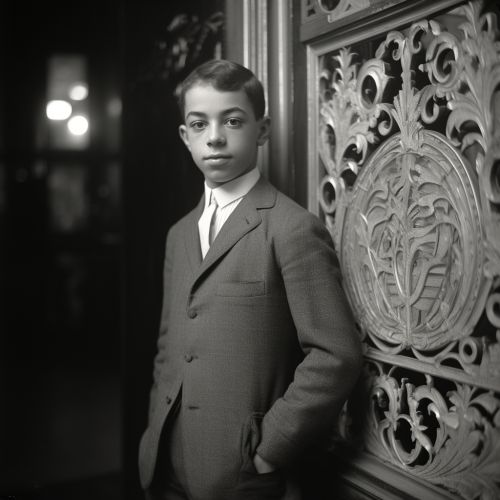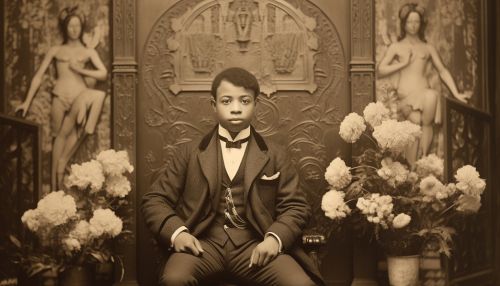Louis Sullivan
Early Life
Louis Henry Sullivan was born on September 3, 1856, in Boston, Massachusetts. His parents, Patrick Sullivan and Andrienne List, were both immigrants. His father was from Ireland, and his mother was from Switzerland. Sullivan's interest in architecture began at a young age. He spent much of his childhood exploring the city of Boston, where he was fascinated by the city's buildings and structures.


Education
Sullivan attended public schools in Boston until he was 16. He then moved to Philadelphia to live with his grandparents and attend the prestigious Central High School. After graduating, Sullivan moved to Chicago to study architecture at the Chicago School. He also spent a year studying at the École des Beaux-Arts in Paris.
Career
Sullivan began his career as a draftsman for the architectural firm of Furness, Evans & Co. in Philadelphia. After moving to Chicago, he worked for several architectural firms before partnering with Dankmar Adler in 1879 to form the firm of Adler & Sullivan.
Adler & Sullivan quickly became one of the leading architectural firms in Chicago. They were known for their innovative designs and their use of new materials and technologies. Some of their most famous buildings include the Auditorium Building, the Carson, Pirie, Scott and Company Building, and the Wainwright Building in St. Louis.
Sullivan is often credited as the father of the skyscraper. He believed that form should follow function, a principle that became a fundamental tenet of modern architecture. He also developed a unique style of ornamentation that was based on natural forms and was distinctly American.
Later Life and Death
In the late 1890s, Adler & Sullivan dissolved due to financial difficulties. Sullivan continued to work as an architect, but his later career was marked by personal and financial struggles. He died in Chicago on April 14, 1924.
Legacy
Sullivan's influence on architecture is still felt today. His ideas about form and function, as well as his innovative designs, have had a lasting impact on the field. Many of his buildings are now considered landmarks and are preserved for their architectural significance.
